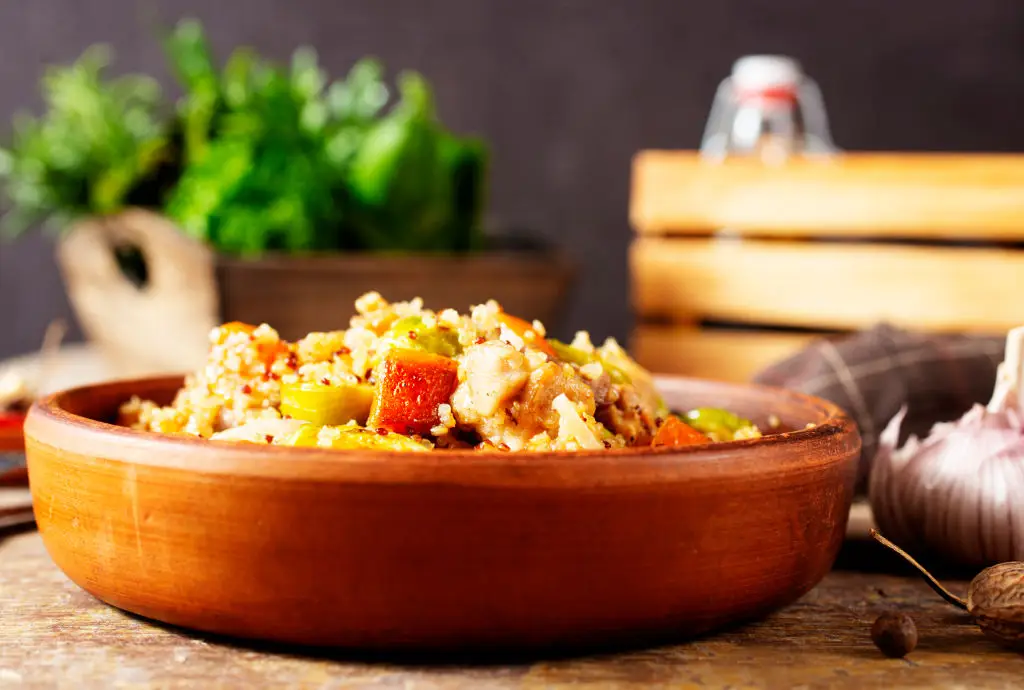11 Fat-Burning Feasts That Support Your Metabolism Overnight
Want dinners that do more than fill your plate? This collection focuses on meals that combine high-thermic proteins, fiber-rich sides, and metabolism-friendly spices to support your body's overnight processes. Research shows that protein carries the highest thermic effect of food, which means your body uses more energy to digest it compared with carbs or fats. That doesn’t mean one dinner will melt away pounds while you sleep, but choosing a protein-forward, fiber-filled meal in the evening can help steady blood sugar, support muscle maintenance, and gently boost calorie burn during digestion. Aim for roughly 25 to 30 grams of protein at dinner when you can — that level is commonly recommended by registered dietitians for satiety and recovery. Add in a touch of capsaicin from chiles or warming spices, and you get another small metabolic nudge. Also prioritize vegetables and legumes for fiber; they feed helpful gut bacteria and promote steady energy overnight. These eleven dinners are practical, varied for different diets, and built for real life. Each entry shows why the ingredients work, gives a simple prep tip, and includes a realistic protein estimate so you can adapt meals to your appetite and schedule. Think of this as gentle guidance: small, consistent swaps that respect your time and help you feel more nourished as the day winds down.
1. High-Protein Salmon with Chili-Lime

Salmon brings a solid serving of high-quality protein plus omega-3 fats that support general metabolic health and inflammation balance. A 4-ounce cooked salmon fillet typically provides about 25 to 30 grams of protein, which hits the lean-protein target many dietitians suggest for a satisfying dinner. Add a chili-lime rub to the fish before broiling, and you introduce capsaicin from chili and bright citrus that lift flavor and add a small thermogenic effect. Cook the salmon quickly under high heat so it stays tender and flaky, then serve it alongside roasted broccoli or steamed green beans for fiber and volume. This combo keeps blood sugar steadier overnight, and the protein supports muscle repair during sleep — useful as we age and want to maintain strength. If you want more heat, sprinkle extra chili flakes; for a milder palate, use smoked paprika for warmth without intense spice. Keep portions sensible and balance the plate with vegetables and a modest whole grain or legume if you need extra carbs for satiety.
2. Lean Chicken with Roasted Brussels and Quinoa

Simple roasted chicken breast is a dependable way to get 25 to 35 grams of lean protein at dinner while keeping saturated fat low. Pair it with roasted Brussels sprouts for fiber and quinoa for a plant-based protein boost and complete amino acid coverage. Quinoa adds texture and slow-digesting carbohydrates that help prevent nighttime blood-sugar dips, which can interfere with good sleep and recovery. Toss Brussels sprouts in a little olive oil and roast until caramelized to draw out sweetness and make the meal feel indulgent without heavy sauce. A sheet-pan approach saves time: arrange chicken, Brussels, and a tray of pre-cooked quinoa warmed at the end. The mixed plate supports the thermic effect of protein, adds fiber for gut health, and offers iron and other micronutrients linked to metabolic function. For an easier option, use boneless skinless chicken thighs if you prefer more flavor, and scale quinoa to your energy needs.
